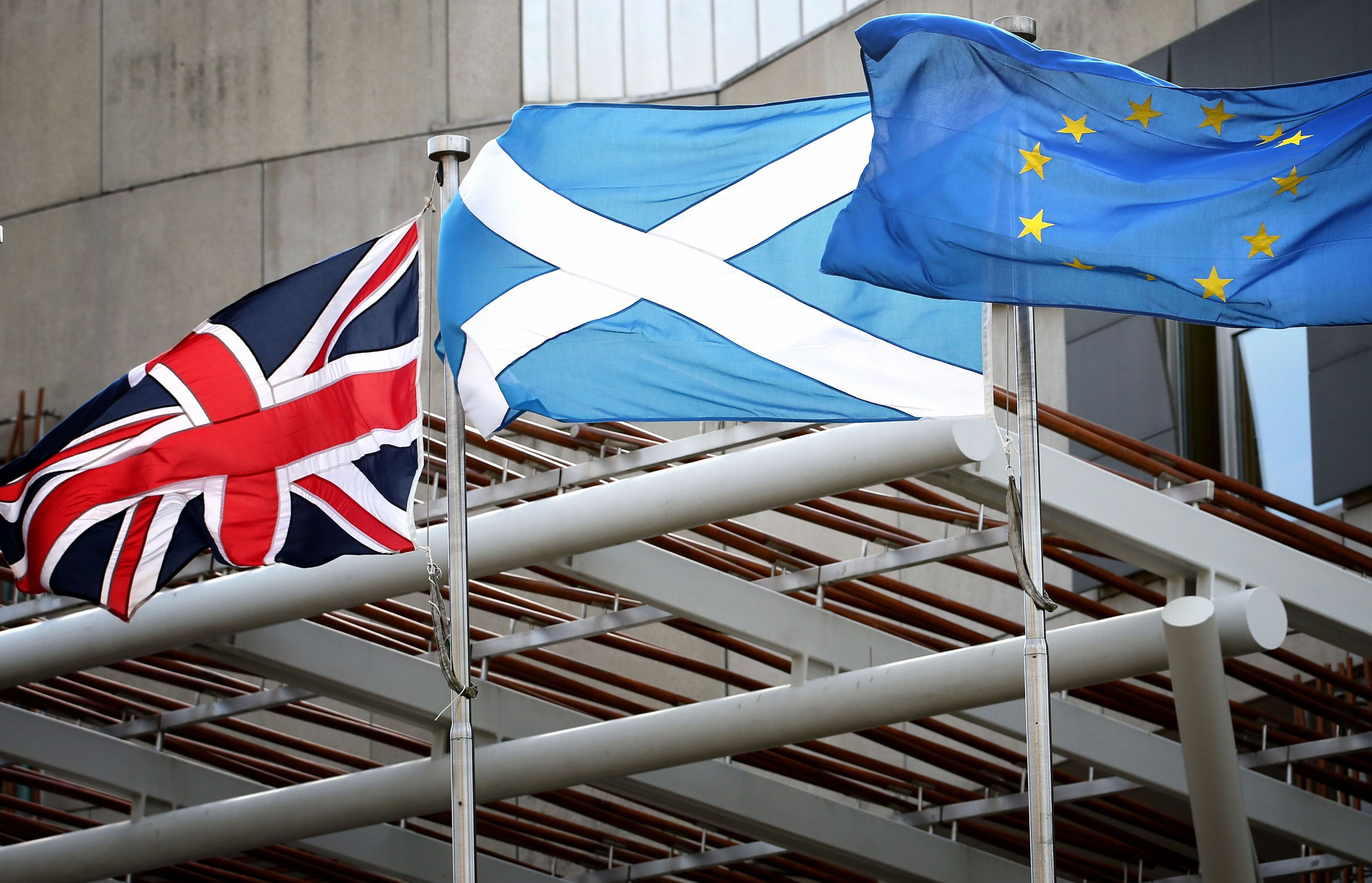
SNP ministers are drawing up a Holyrood Brexit Bill as the constitutional crisis surrounding the UK’s EU exit threatens to boil over.
A crunch vote on the UK Government’s European Union (Withdrawal) Bill will take place at Westminster tomorrow (Mon), with opposition parties trying to veto the controversial plans.
In this week’s programme for government, the Scottish Government said it was “considering how Scottish legislation at Holyrood could provide the necessary continuity of law in Scotland as an alternative to the UK Bill.”
SNP high command also reissued its threat to withhold consent for the crucial law in the Scottish Parliament, having already accused Tory ministers of launching a “power grab”.
Senior sources said the measures were being put in place to “stop the law falling over” if there is still no agreement between Edinburgh and London when Brexit happens next March.
And they insisted it would be Holyrood’s right to put forward such a Bill as the laws under consideration would be devolved.
Under a long standing political agreement, Scotland and the other devolved nations are to be asked to give their formal backing to the Withdrawal Bill, which will repatriate thousands of EU laws from Brussels to the UK.
But the governments of both Scotland and Wales are unhappy with the legislation as it stands, which would see powers and responsibilities currently exercised by the EU returned to Westminster for a “transitional” period before they are devolved.
It comes as Brexit Minister Robin Walker has called for a united, UK-wide approach to Brexit.
He said: “The Repeal Bill will see laws which are currently made in Brussels brought back to the UK and ensure that those laws continue to work from day one of our exit. It is the surest way of giving businesses and citizens the stability and certainty they need.
“This is important for Scotland, which carries out four times as much trade in our strong internal UK market than with the EU – it remains essential that we can continue to sell goods to one another without new barriers being put in the way.
“I also want to be clear that UK Government takes the issue of devolution very seriously.
“We expect the Bill process to result in a significant increase in the decision making powers of each of the devolved administrations.
“None of the decisions the Scottish Government can currently make will be taken away from them as we leave the EU.
“It would not make much sense, for example, if a food producer based in Scotland had to print different labels to sell its produce in England because of different regulations north and south of the border.”
Aileen McHarg, Professor of Public Law at Strathclyde University, said the concept of a Holyrood Brexit legislation shouldn’t be “too difficult”.
She added that a Scottish Continuity Bill would have to apply only to devolved laws and there would need to be provision made around who could amend them, with Westminster currently split over ministers trying to take control without Parliament’s say so.
A UK Government spokesman said: “We don’t believe such legislation is necessary. The EU Withdrawal Bill will provide consistency across the UK to ensure that no new barriers to living and doing business are created on our exit from the EU.
“This Bill is not about taking away the decision making from the devolved administrations – we have made clear that no decisions currently taken by the devolved administrations will be taken from them. It is about ensuring powers returning from the EU are allocated within the UK in a way that works for all of its constituent parts.
“We hope the Scottish Government will work constructively with us on the Repeal Bill so that we can deliver certainty for people, organisation and businesses across Scotland as we leave the EU.”

Enjoy the convenience of having The Sunday Post delivered as a digital ePaper straight to your smartphone, tablet or computer.
Subscribe for only £5.49 a month and enjoy all the benefits of the printed paper as a digital replica.
Subscribe